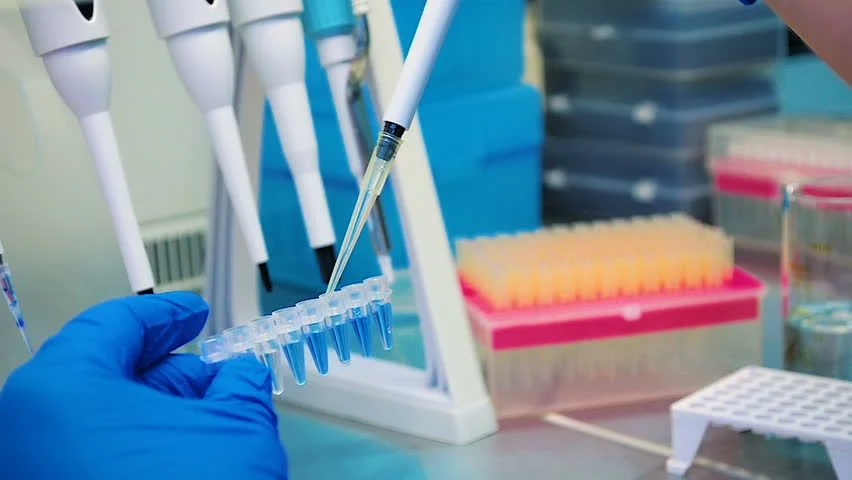"PCR Bottles Market Impacting Factors: Regulatory Policies and Green Packaging Trends Transforming the Global Landscape"

The Post-Consumer Recycled (PCR) bottles market is experiencing significant transformation as regulatory policies and green packaging trends take center stage in the global sustainability movement. These impacting factors are reshaping the market dynamics, compelling manufacturers, brand owners, and consumers alike to prioritize eco-friendly alternatives over traditional plastic packaging. With increasing governmental mandates and growing environmental consciousness, PCR bottles are no longer a niche solution—they are quickly becoming the new industry standard.
Rising Regulatory Pressure on Plastic Waste Management
One of the most pivotal factors impacting the PCR bottles market is the tightening of global regulations around plastic waste and recycling. Governments across North America, Europe, and parts of Asia-Pacific have introduced stringent legislation aimed at reducing single-use plastics and encouraging circular economy practices.
In the European Union, the Single-Use Plastics Directive mandates that plastic beverage bottles contain at least 25% recycled plastic (by weight) by 2025, rising to 30% by 2030. Meanwhile, the U.S. is witnessing a wave of state-level regulations, such as California’s Plastic Pollution Prevention and Packaging Producer Responsibility Act, which sets aggressive recycling and compostability targets.
These policies are directly driving demand for PCR bottles, especially in the food and beverage, personal care, and household cleaning product segments. Manufacturers are under increasing pressure to integrate PCR materials into their packaging to remain compliant and avoid penalties, bans, or negative public perception.
Green Packaging Trends Reshaping Consumer and Corporate Behavior
Alongside regulatory influences, shifting consumer preferences are a powerful market-shaping force. Sustainability is now a critical factor in purchase decisions, particularly among Millennials and Gen Z consumers. Brands that fail to embrace green packaging risk losing market share to more environmentally responsible competitors.
As a result, leading corporations are responding with bold sustainability pledges. Coca-Cola has committed to using 50% recycled content in all packaging by 2030, while Unilever aims to halve its use of virgin plastic by 2025. These pledges significantly bolster the PCR bottles market, encouraging investment in recycling infrastructure and innovation in post-consumer resin (PCR) processing.
Green packaging trends are also driving the development of lightweight PCR bottles with reduced carbon footprints, as well as improved bottle-to-bottle recycling technologies. Design innovations are being guided by life cycle analysis (LCA) to minimize environmental impact without compromising functionality or consumer appeal.
Global Expansion of Circular Economy Initiatives
The PCR bottles market is being further supported by the global shift toward circular economy frameworks, which promote reuse, recycling, and reduction of waste. Nations such as Japan and Germany have long established deposit return schemes (DRS) that encourage bottle collection and recycling, leading to high-quality PCR materials for reuse in packaging.
New markets are now adopting similar approaches. In India, the Plastic Waste Management Rules have been amended to push Extended Producer Responsibility (EPR), compelling businesses to manage post-consumer waste responsibly. In Latin America, countries like Chile and Colombia are drafting laws to enforce plastic packaging take-back and recycling targets.
These circular economy efforts are increasing the supply and availability of recycled PET (rPET) and recycled HDPE, the two most commonly used materials in PCR bottles. Consequently, market players are better equipped to meet volume demands and comply with evolving environmental mandates.
Challenges in PCR Bottle Adoption
Despite strong growth drivers, several challenges persist in the PCR bottles market. One of the key obstacles is the limited supply of high-quality PCR material. Contamination, inconsistent collection systems, and insufficient sorting technologies often result in lower-grade recycled plastics that are unsuitable for food-contact packaging.
Furthermore, the cost of PCR materials remains higher than virgin plastics in many regions, primarily due to the energy and processing requirements involved in recycling. These cost implications can be a deterrent for small and medium-sized enterprises (SMEs) lacking the resources to invest in sustainable packaging transitions.
Another ongoing issue is consumer confusion around recycling labels and the actual recyclability of products. Without proper education and standardized labeling, the effectiveness of recycling programs is diminished, which ultimately affects the supply of usable PCR content.
Opportunities for Innovation and Market Growth
Nonetheless, these challenges present opportunities for innovation. Companies are now investing in advanced recycling technologies such as chemical recycling and enzymatic decomposition, which break down plastics into their original monomers for reuse. These methods can yield food-grade PCR materials and expand the scope of recyclable plastics.
Additionally, packaging design is evolving to align with recyclability standards. Brands are moving toward mono-material packaging, clearer labeling, and detachable components to facilitate end-of-life recycling.
As demand continues to rise, the PCR bottles market is poised for expansion across sectors. Personal care, pharmaceuticals, and automotive fluids are emerging as growth areas due to increasing pressure to reduce plastic waste. The Asia-Pacific region, in particular, is projected to witness accelerated growth due to urbanization, government initiatives, and the rise of eco-conscious consumers.
Conclusion
In summary, regulatory policies and green packaging trends are the most significant impacting factors shaping the PCR bottles market today. As governments enforce stricter environmental laws and consumers demand sustainable alternatives, the adoption of PCR bottles is expected to surge globally. While supply chain and cost challenges remain, ongoing innovations and circular economy investments are helping to build a more sustainable future for plastic packaging. Market stakeholders who embrace these shifts will be well-positioned to thrive in a rapidly evolving, sustainability-driven marketplace.
- Art
- Causes
- Crafts
- Dance
- Drinks
- Film
- Fitness
- Food
- الألعاب
- Gardening
- Health
- الرئيسية
- Literature
- Music
- Networking
- أخرى
- Party
- Religion
- Shopping
- Sports
- Theater
- Wellness


